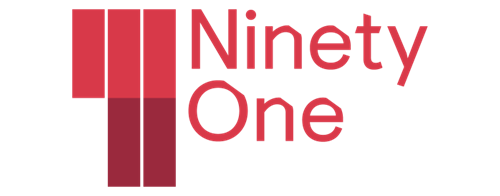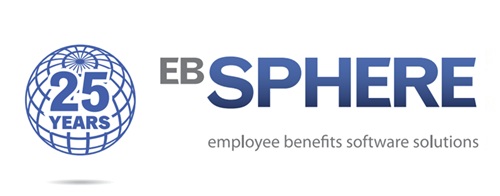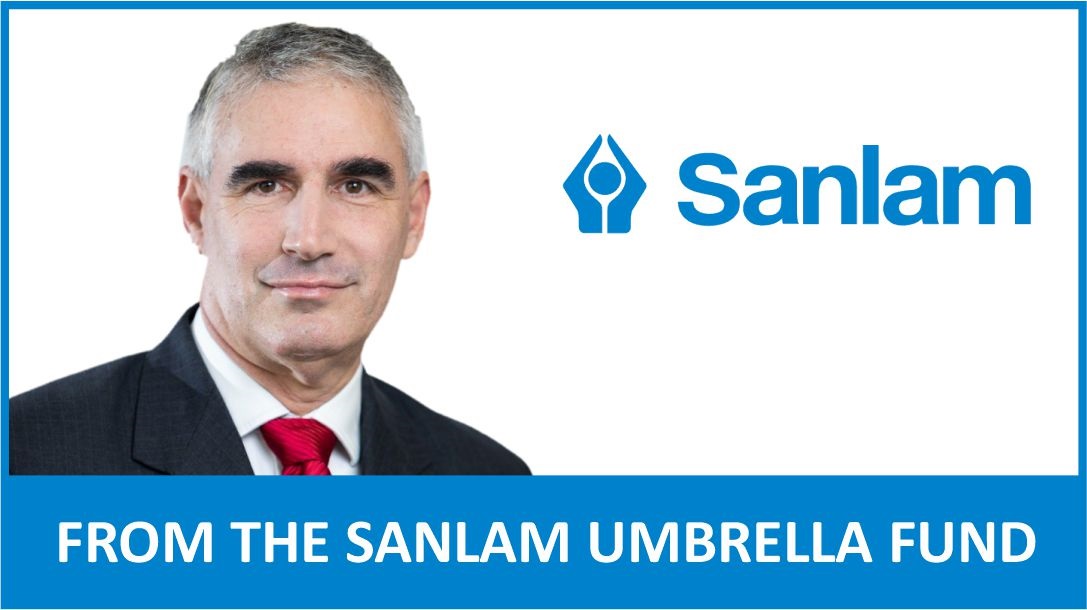David Gluckman, previous Chair of the Sanlam Umbrella Fund
After five years as Chair of the Sanlam Umbrella Fund, David Gluckman, who stepped down in March this year, has urged the retirement industry to take bold steps to simplify systems, improve competition, and protect members from future risks.
Reflecting on his tenure, industry stalwart Gluckman highlighted the Fund’s resilience through the Covid-19 pandemic, significant membership and assets growth, and the healthy build-up of reserves to support members.
Addressing the Sanlam Umbrella Fund Symposium, Gluckman issued a call to action to industry and regulators, sharing five bold recommendations:
1. Amalgamate pension and provident umbrella funds
Gluckman said that the ongoing separation of otherwise identical pension and provident umbrella funds is an unnecessary legacy of the past that is costing members money. “The legal distinction between the two types of funds fell away years ago, yet the industry has made virtually no progress in consolidating them. At present, every transfer between pension and provident umbrellas requires a full Section 14 process, employer by employer. That means thousands of separate applications that could take 20 years or more to resolve and cost members hundreds of millions of Rands..”
He believes a more pragmatic approach is possible. “If all stakeholders agree – regulators, policymakers, SARS, employers, administrators and trustees – we could amalgamate these structures virtually overnight while keeping contribution rates, benefit designs, all member rights and systems unchanged. Members would see no disruption, and no stakeholder would be disadvantaged in any way, and would also save tens of millions of rand annually in unnecessary charges and costs. That is money that should be working for members’ futures, and a problem that can easily be solved albeit only with new thinking.”
2. Cut unnecessary bureaucracy
Gluckman warned that red tape has become one of the most persistent obstacles in retirement fund governance. “Today, senior trustees are signing off on documentation for trivial transactions – sometimes involving only a few hundred rand. We are forcing high-level professionals to operate as clerks rather than strategic custodians of members’ savings.”
Examples include standard rule amendments, liquidations of small employers, and routine Section 14 transfers, even for single-member amounts. “This is not a good use of the industry’s leadership capacity. It slows down processes, increases costs and creates barriers to competition. It also deters capable people from serving as trustees, because they spend their time wading through paperwork rather than shaping the future of the system. If we want a dynamic, competitive industry that serves members better, we must simplify processes, digitise approvals and allow trustees to focus on strategy, not signatures.”
3. Unlock competition in the retail preservation market
Gluckman argued that one of the biggest opportunities for the industry is to allow commercial umbrella funds to compete more openly in the retail space. “Today, close to R6 billion is sitting in preservation and annuity categories within the Sanlam Umbrella Fund, held by former employees who have left their jobs but kept their money invested in the fund at institutional fee scales. National Treasury should be lauded for this success, and Gluckman singled out the 2019 default regulations as a key enabler.”
Gluckman argued that the time has now come to allow the large commercial umbrella funds to openly compete in the retail savings market. He suggested that individual portability between all retirement funds should be as simple as an instruction from the member – with no Section 14 transfer process required. “Why can’t a preserved member say: ‘I prefer the Sanlam Umbrella Fund over another large fund or retirement product, and I want to move my preserved balance immediately’? Competition would then drive better service, lower fees and stronger outcomes. In fact, I would go further: at retirement, members of any fund should be able to purchase a living annuity from the umbrella fund of their choice. If the Sanlam Umbrella Fund offers an attractive annuity, why should that be restricted to Sanlam members only? The best offerings should win, regardless of origin. That is how we change the poor outcomes that still plague this industry.”
4. Tackle the small balances challenge
One of Gluckman’s strongest warnings was around the growing number of very small balances that are emerging under the new two-pot retirement system. “We are already seeing thousands of members leaving employers, cashing out their savings, but leaving small compulsory preserved balances behind. Today, we have 23,000 members in the Sanlam Umbrella Fund with only a retirement pot balance, averaging about R6,000 each. Many of those members will move to other funds through their working lives, leaving behind a trail of small balances.”
Gluckman said this could become a “potential scandal” for the industry. “In a few years, we could be sitting with hundreds of thousands – even millions – of ghost accounts with very small amounts that members no longer track. This is exactly how the unclaimed benefits crisis emerged, and we cannot afford a repeat. He warned that it’s in no one’s interests that small balances be eroded be fees.”
One possible solution is an industry-wide consolidation framework. “Every one to two years, commercial funds could share data, and balances below a set threshold – say R10 000 or R20 000 – could be mandatorily transferred into the member’s active fund account or largest account. If we wait for members to take action, we will wait forever. The responsibility lies with the industry and regulators to pre-empt this challenge before it becomes another reputational disaster.”
5. Use contingency reserves wisely
The Sanlam Umbrella Fund currently holds over R60 million in its central contingency reserves (approximately 0.05% of member shares) – a level that has built up through prudence during Covid-19, efficiency in operations, ever increasing economies of scale, and higher interest rates on balances. Gluckman reflected that this is a “good problem to have” but one that demands careful governance.
“These reserves have already been used to pay regulatory levies, fund financial counselling and expand communication initiatives, which directly improve member value. The question for the next board budgeting cycle is whether to continue retaining reserves for prudency, or using reserves for systemic benefits, or whether to resume distributions back to members, or some combination thereof. All these approaches have merit – and must be guided by members’ long-term best interests. Gluckman expressed his confidence that the new Board so ably chaired by Jolly Mokorosi would “do the right thing”.”
Gluckman said that funds across the industry should adopt similar discipline. “During Covid-19, reserves were our safety net. Today, they are a tool for innovation and protection against shocks. But they must never be allowed to bloat unchecked. Trustees must ensure transparency, fairness and purposeful use of these resources.”
Gluckman concluded by urging collaboration across the industry: “South Africa’s retirement system is entering a period of profound change. If we don’t innovate, simplify and collaborate, members will pay the price – in poor outcomes, small balances and unnecessary costs. My hope is that industry leaders, regulators and policymakers seize this opportunity to act boldly. We owe it to members to think out of the box, to be courageous, and above all, to deliver real value for their hard-earned savings.”
ENDS

























































































